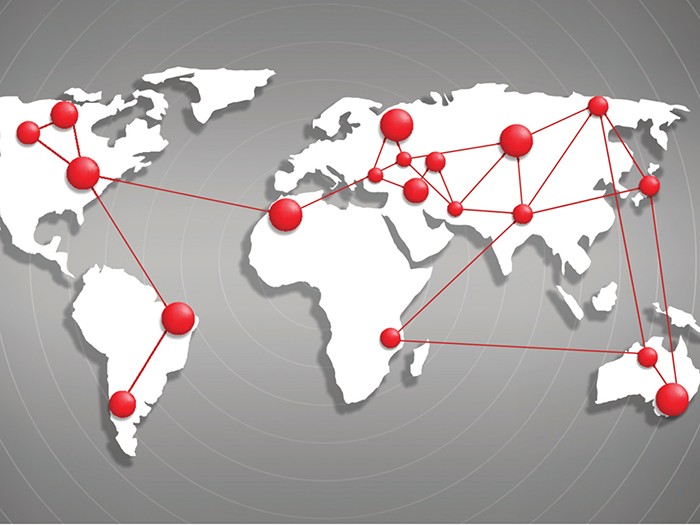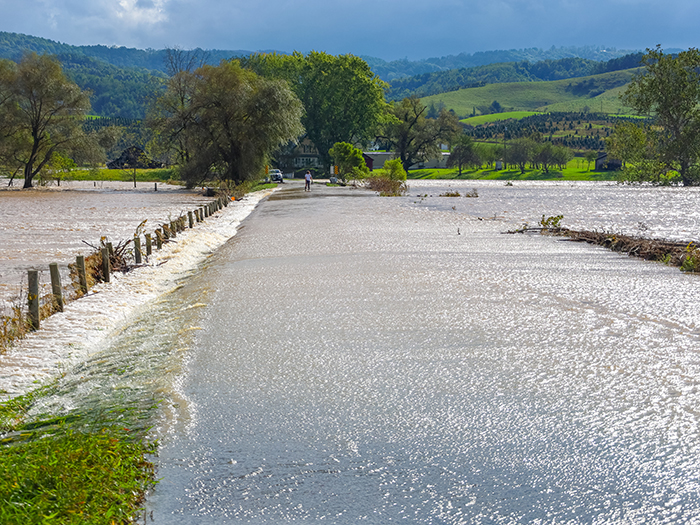Have You Considered Contingent Business Interruption Insurance as a Supply Chain Risk Backstop?

Between people hoarding toilet paper at the beginning of the COVID-19 pandemic in 2020, the Ever Given causing shipping delays and product shortages in 2021, and the ongoing empty shelves in stores, supply chain has become more than a term beloved by economists.
It’s entered the common discourse, with the word “risk” associated with it.
Some may hope that these issues will resolve as the pandemic wanes and the world returns to something resembling normalcy.
But supply chain woes aren’t going away anytime soon.
Natural disasters — which are increasing in frequency and severity due to global climate change — can cause property damage to suppliers, creating a ripple effect for businesses whose earnings rely on those resources.
The RIMS 2022 session “The Butterfly Effect: An Examination of Modern Supply Chain Risk and How to Maximize Contingent Business Interruption Coverage” examined how contingent business interruption insurance (CBI) can help mitigate supply chain risk.
Presenters Laura Langone, director of enterprise risk at RIVIAN, and attorney Michael Gehrt, partner at Pasich LLP, shared how insureds can study their contingent business interruption policy language to determine whether losses will be covered and strategies for evaluating the risk an organization may face from its suppliers.
A Three-Prong Approach to Understanding CBI Risk
During the session, Langone and Gehrt shared a three-pronged approach to help insureds proactively evaluate their contingent business interruption risk.
The first prong is to detect risks early by mapping out supply chains and ensuring their resiliency.
“You don’t want to wait for the claim,” Langone said.
“You really want to understand where those vulnerabilities are, who you’re trying to protect and … get the best coverage language.”
Once you’ve mapped out your supply chain, it is important to assess where any vulnerabilities or failure points may be in order to predict any impact accurately; that’s the second prong.
Gehrt and Langone emphasized the importance of analyzing not just the number of suppliers but also their locations. If you have five suppliers who are all located in the same geographic region, they may be vulnerable to the same storms.
“One thing I think maybe isn’t as obvious … is geographic risks,” Gehrt said. “You may have a substantial amount of suppliers, but they’re all localized.”
The third prong is to scorecard and benchmark each supplier before collaborating with them on a risk management plan in case any disaster strikes.
Establishing this collaborative relationship is key.
If an accident occurs, a contingent business interruption insurer won’t be assessing damage to the physical property. They’ll be assessing financial losses.
As such, they’ll need to get information from suppliers, since much of it will be outside of the insured’s core business or company records.
“It’s not just about insurance; it’s about building better business practices as well,” Langone said. &










